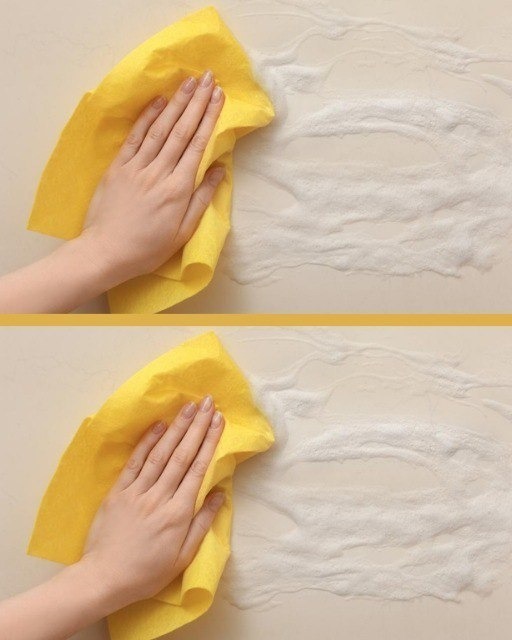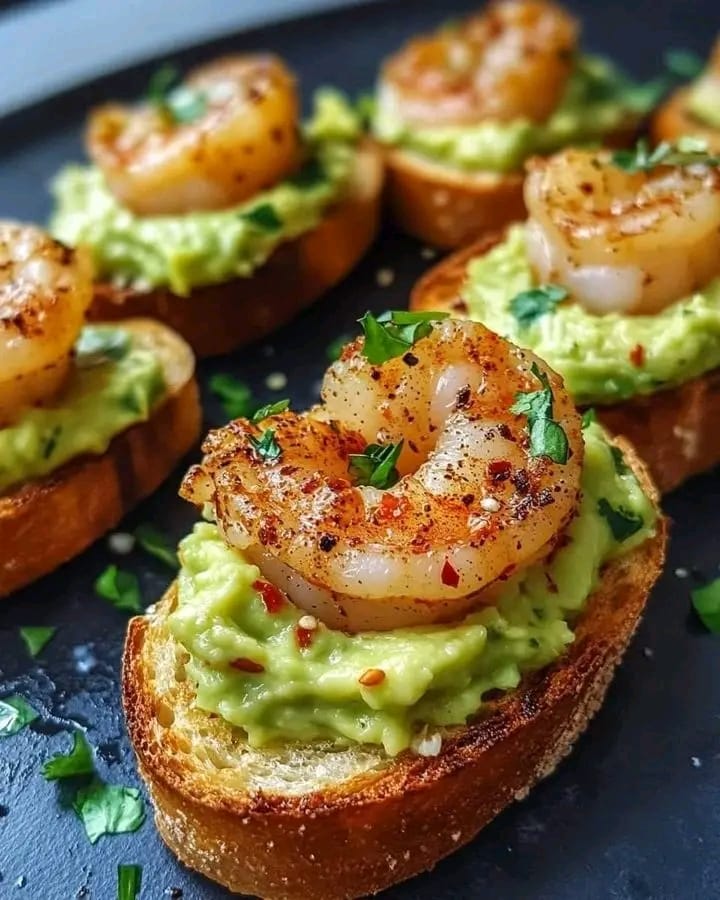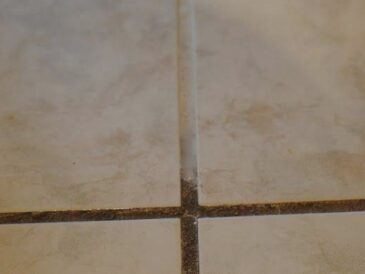In the vast world of kitchen hacks, few innovations can claim the simplicity and utility of the humble ice cube tray. Traditionally associated with freezing water to create ice for beverages, the ice cube tray has seen a renaissance among culinary enthusiasts. One particularly ingenious use is the method of storing eggs in an ice cube tray— a trick that is as practical as it is resourceful. This article explores the benefits of using an ice cube tray to store eggs, step-by-step instructions on how to do it, and ways to enhance your cooking by employing this nifty idea.
The Origins of the Ice Cube Tray
Before diving into this clever trick, it’s essential to consider why the ice cube tray has become a versatile tool in the kitchen. While it has been around since the 1920s, the emergence of various types and designs has fueled creativity among home cooks. The classic plastic tray, typically made of flexible material, allows for easy release and has become a staple in most households. The traditional function—to freeze water—has opened up countless possibilities, from storing leftover wine and soups to creating homemade frozen treats.
The Genius of Storing Eggs in Ice Cube Trays
The next frontier in ice cube tray usage? Eggs. When you think about it, eggs are a primary ingredient in countless dishes, making them a staple in almost every kitchen. However, there are times when we find ourselves with more eggs than we can use, leading to waste, or needing to portion them for cooking or baking. This is where the ice cube tray egg trick shines.
By cracking eggs into an ice cube tray, you can freeze them in convenient portions, ensuring that they last much longer while maintaining their quality. This approach has several benefits:
- Extended Shelf Life: Freezing eggs can significantly extend their shelf life. Fresh eggs typically last about three to five weeks in the fridge. When frozen, they can last up to a year, allowing you to manage your egg supply better.
- Convenient Portions: Each compartment of an ice cube tray typically holds about one egg’s worth. This makes it easy to measure out just the right amount when you need it—no more guessing or having to crack multiple eggs for a single recipe.
- Quick and Efficient Thawing: When you’re ready to use the eggs, you can simply pop them out of the tray, let them sit at room temperature or place them in the fridge to thaw. This is particularly advantageous for busy weeknights when you need to whip up dinner in a hurry.
- Versatile Usage: The frozen egg portions can be used in an array of dishes, whether you are making scrambled eggs, baking, or preparing sauces. Their versatility knows no bounds.
- Minimizing Waste: By using an ice cube tray, you can avoid the frustration of having eggs go bad before you can use them. This not only saves money but also contributes to more sustainable kitchen practices.
How to Freeze Eggs in an Ice Cube Tray
Now that we’ve established why this trick is so brilliant, let’s walk through the straightforward steps to execute it:
Step 1: Gather Your Materials
You will need:
- Fresh eggs
- A clean, dry ice cube tray (silicone trays work best for easy removal)
- A whisk or fork
- A measuring cup (optional)
- Plastic wrap or a freezer-safe bag (for storage)
Step 2: Prepare the Eggs
- Crack the Eggs: Start by cracking the desired number of eggs into a bowl. You may want to do this one at a time to ensure that you don’t get any shell fragments in your mixture.
- Whisk or Beat: Use a whisk or fork to beat the eggs gently. This step helps keep the yolks and whites combined, ensuring a more even texture when you thaw and use them later.
- Add Salt or Sugar (Optional): Depending on your intended use, you can choose to add a pinch of salt (for savory dishes) or sugar (for baked goods). This can help maintain the quality of the eggs when thawed, but it’s not mandatory.
Step 3: Fill the Ice Cube Tray
- Pour Mixture: Carefully pour the beaten eggs into the compartments of the ice cube tray. Fill each section about three-quarters full to allow for expansion during freezing.
- Seal: If desired, you can cover the tray with plastic wrap to avoid any freezer odors or spills. This is especially useful if your freezer is packed with various foods.
Step 4: Freeze the Eggs
- Place in Freezer: Put the filled ice cube tray in the freezer. It may take a few hours for the eggs to freeze completely, but overnight is the best option to ensure they are solid.
Step 5: Store the Frozen Egg Portions
- Remove from Tray: Once frozen, gently pop the egg cubes out of the tray. If you used silicone, this process should be easy even if the eggs seem stuck.
- Bag and Label: Transfer the frozen egg portions to a freezer-safe zip-top bag or container. Be sure to label it with the date so you can keep track of their freshness.
- Store in Freezer: Place the bag back in the freezer, where they can stay good for up to a year.
How to Use Your Frozen Eggs
The real magic happens when you’re ready to use those frozen egg portions. Here’s how to get the best out of your frozen egg stash:
- Thawing: To thaw your egg portions, transfer them from the freezer to the fridge the night before you plan to use them. For quicker results, you can run them under cold water for a few minutes or use the microwave, but be cautious to avoid cooking them.
- Versatile Cooking: Frozen eggs are perfect for scrambling, baking, making quiches, enhancing sauces, and more. The possibilities are vast and delicious.
- Cooked Dishes: If you’re making dishes like frittatas or casseroles, you can add the thawed eggs directly to the mix without noticing any significant difference in texture or taste.
Exploring Beyond Eggs
The beauty of the ice cube tray doesn’t end with eggs. Once you experience how efficient and effective this kitchen gadget is, you might find other uses. Consider trying some of these ideas:
- Herb Cubes: Chop fresh herbs and mix them with olive oil or butter, then freeze them in the tray. You’ll have perfectly portioned cooking enhancers ready to go.
- Stock Cubes: Pour leftover stock into the tray and freeze. You can easily add depth to soups or stews without storing large quantities.
- Smoothie Packs: Blend fruits, veggies, and yogurt, pour the mixture into trays, and freeze. When it’s smoothie time, just pop them out and blend!
- Sauces and Marinades: Portion out sauces, pestos, or marinades in trays. Whenever you’re prepping a meal, pull out the amount you need without the waste of full batches.
Conclusion
The simple act of putting eggs in an ice cube tray unlocks an intelligent trick that enhances home cooking while minimizing waste. It thrives on convenience and efficiency and forms part of a sustainable kitchen ethos. With minimal effort, you can ensure that your eggs are preserved for whatever culinary creation strikes your fancy. So next time you find yourself with extra eggs or want to make the most of your stock, remember this ingenious kitchen hack—it might just revolutionize the way you cook!





